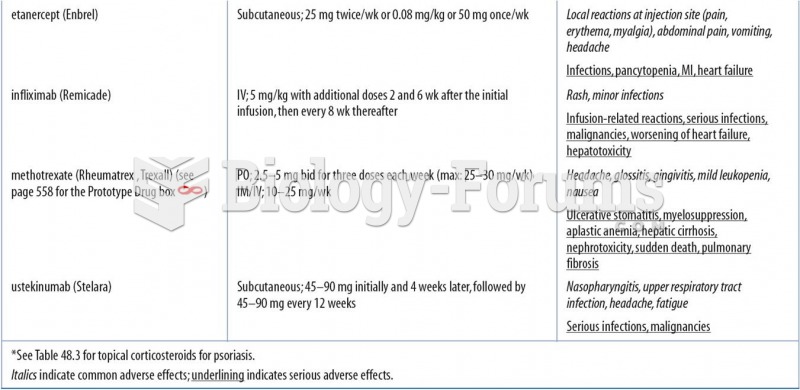Answer to Question 1
Answer:
Most MCPs require that the provider or member obtain preauthorization for services which are the financial responsibility of the MCP. This is often done on a Treatment Authorization Request (TAR) form. The provider lists the diagnosis and proposed treatment plan along with any needed follow-up care.
The TAR is submitted to the MCP for approval, and the MCP evaluates the proposed treatment and informs the provider and member whether or not they will cover the services. If the MCP decides that the services are not necessary, they will deny payment. The provider and member must then decide whether they will abandon the treatment, seek authorization for an alternate treatment, or if they will go ahead with the treatment with the understanding that the patient is completely responsible for the charges.
The MCP may decide that an SSO is needed before they make a determination. In such a case, the member must have the SSO performed prior to the services and with enough time for the MCP to evaluate the second surgeon's response to determine whether or not they will cover the services.
Often a TAR approval will be valid for a limited time, usually 30 days. If services are not performed within that time, the provider will need to complete an additional TAR and obtain another preauthorization. In the case of ongoing treatments, the provider may need to obtain monthly authorization of services covered by the MCP.
All routine follow-up care and/or hospital stays should be included in the one authorization.
If a specific date of surgery is listed on the TAR and the surgery is approved, the surgery should have been performed on the date indicated on the TAR. If there is no date listed, TARs are often good for 30 days from the date of approval. Services must have been performed within that time period for the TAR approval to be valid. If a TAR was approved but services were not performed within the required time period, and no additional TAR was submitted, the Group/IPA may be responsible for payment of services, not the MCP.
The TAR approval will also indicate the number of days allowed for the patient to remain in the hospital. Any days beyond this are not covered by the MCP unless an additional TAR was submitted and approved, verifying the need for additional services.
Different rules may apply for inpatient admission for psychiatric care or chemical dependency.
Answer to Question 2
C







